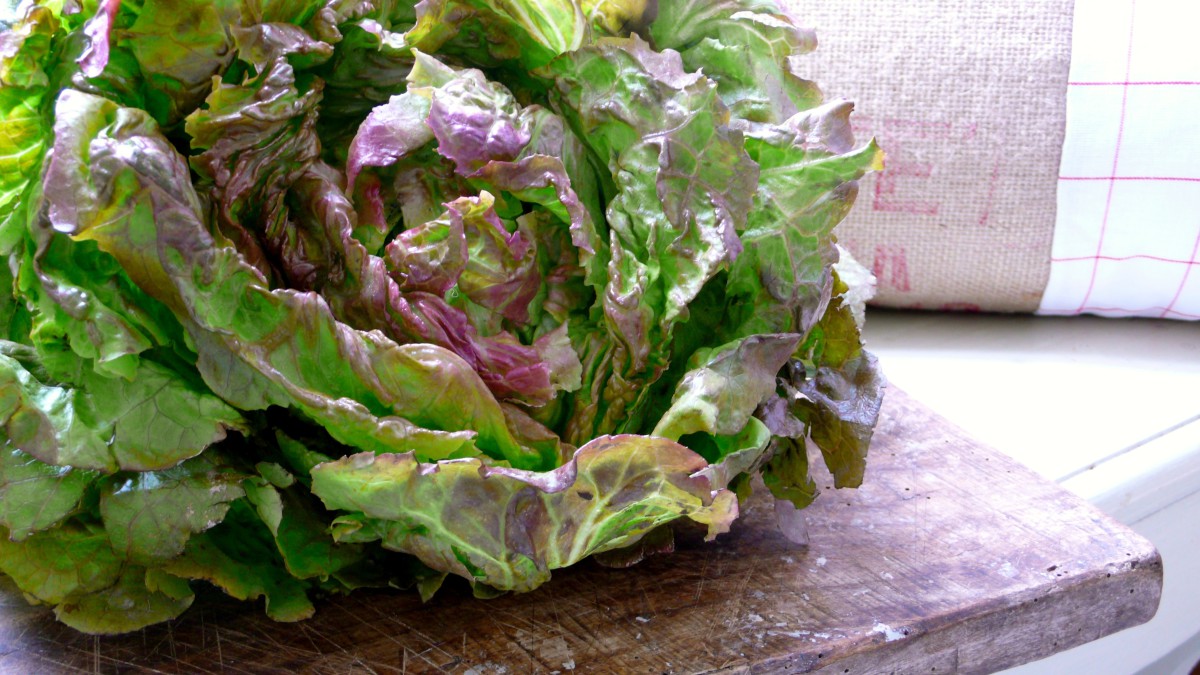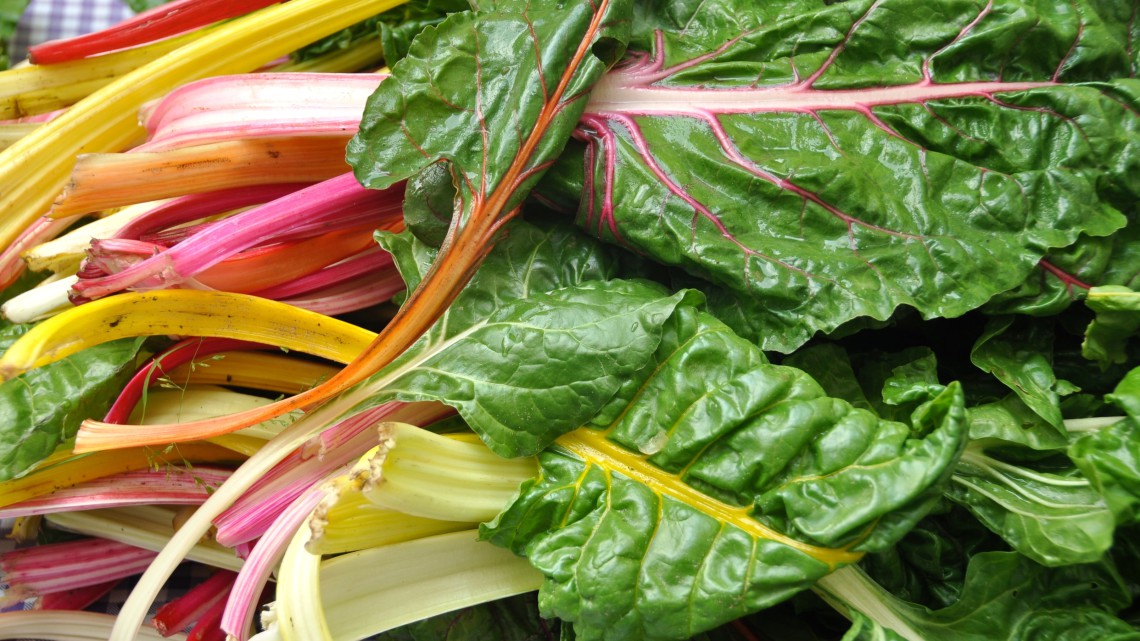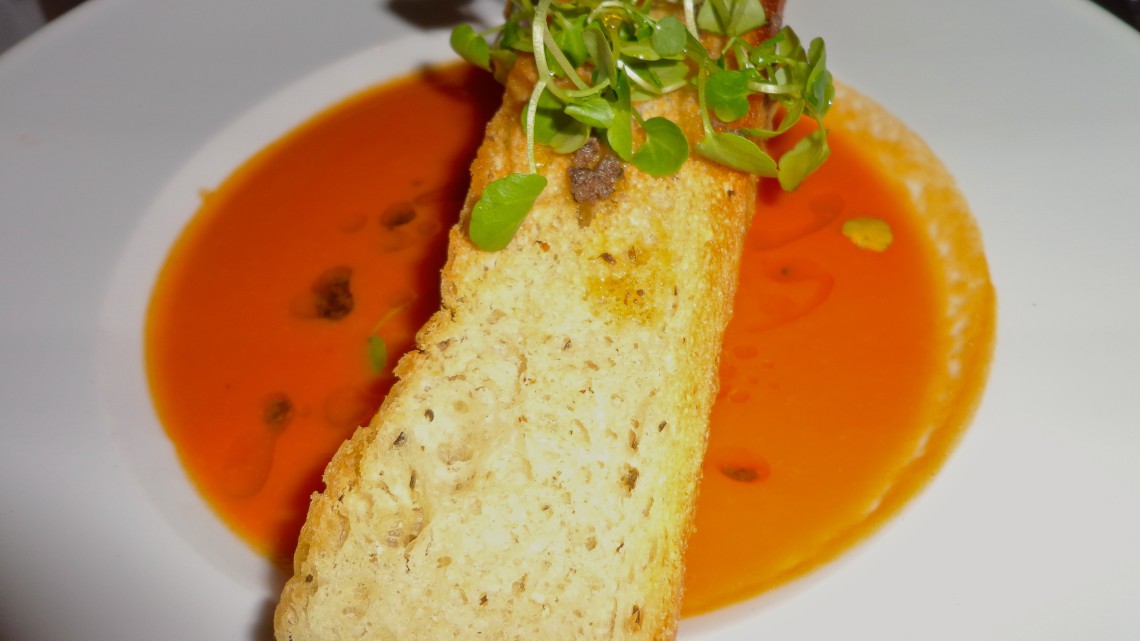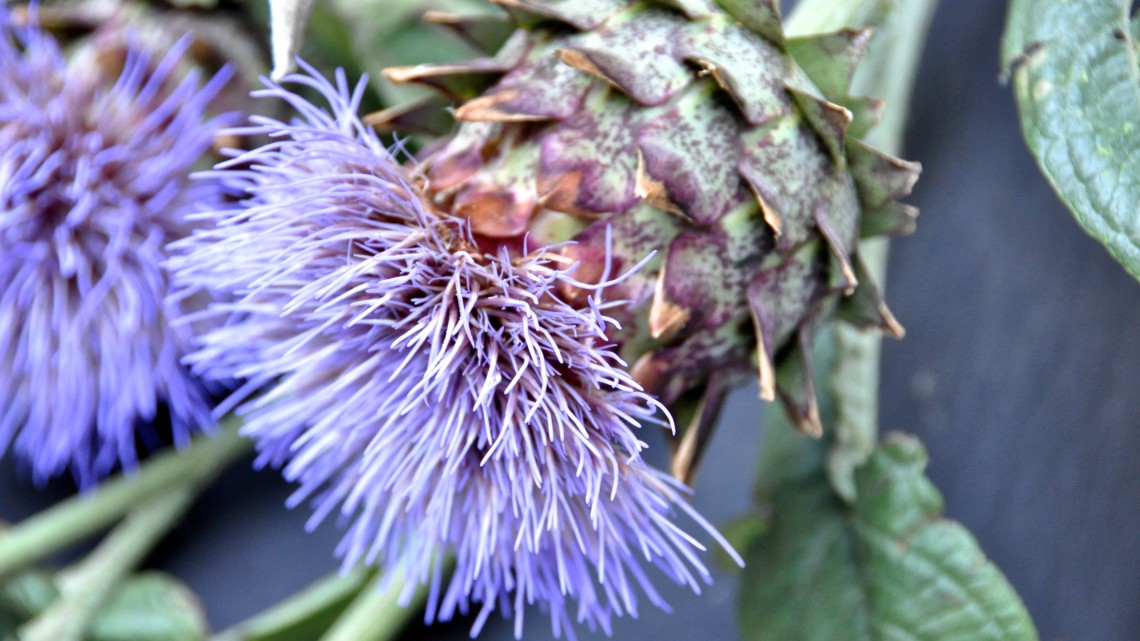Crop Lettuce
A summer salad tastes best when fresh lettuce used. And crop lettuce is always fresh! Unlike other vegetables, crop lettuce cannot be frozen, dried or preserved. It is best to buy the lettuce as a full head and not to cut it too small; by tearing and cutting the leaves, nutrients are lost. Crop lettuce is available throughout the year in the Netherlands; in the summer from the open fields and the rest of the year from the greenhouse. This lettuce is traditionally grown and harvested by hand.
High in fiber, vitamins, iron and water and low in calories, crop lettuce is a healthy choice. There are different types of crop lettuce. Butter lettuce is perhaps the most well known; a variety that owes its name to it's delicious, mild flavour. Other types of crop lettuce include oak leaf lettuce, Lollo Biondo and Lollo Rosso (red variety).
Crop lettuce is a good basis for a quick and easy lunch or meal; just pick the leaves of the crop, possibly adding a dressing and some other ingredients and you're done, If the leaves becoming a bit limp don't throw them away. Put the leaves briefly in a bowl of water with ice cubes to refresh them and bring them back to life. The lettuce can also be used in warm dishes, for example through potato puree or to make lettuce soup.
Chard
Chard is a leafy green vegetable often used in Mediterranean cooking. In some, the leaf stalks are large and are often prepared separately from the leaf blade. The leaf blade can be green or reddish in colour; the leaf stalks also vary in colour, usually white, yellow, or red. Chard has been bred to have highly nutritious leaves and is considered to be one of the most healthful vegetables available, making it a popular addition to healthy diets (like other green leafy vegetables). Chard has been around for centuries, but because of its similarity to beets and some other vegetables such as cardoon, the common names used by cooks over the centuries can be quite confusing.
The word "Swiss" was used to distinguish chard from French spinach varieties by 19th century seed catalogue publishers. Chard is very popular among Mediterranean cooks. The first varieties have been traced back to Sicily.
Fresh young chard can be used raw in salads. Mature chard leaves and stalks are typically cooked or sauteed; their bitterness fades with cooking, leaving a refined flavour which is more delicate than that of cooked spinach.
Roasted Pepper and Tomato Soup
Ingredients
1 small onion
1 clove garlic
1 red chilli pepper
1 tin diced tomatoes
2 red peppers
1 vegetable stock cube
1 small French baguette
black olive tapenade and basil cress, to serve
Method
Roast the peppers over a flame or in a hot oven (225° C) until blackened. Place in a tightly closed plastic bag for ± 10 minutes to steam. Remove the skin from the peppers.
Dissolve the vegetable stock cube in 600 ml hot water. Finely chop the onion, garlic and chilli. Slice the peppers into strips.
Heat 2 tablespoons olive oil in a pan and sweat the onion until soft. In the meantime, cut the baguette lengthways into thin slices, drizzle with olive oil and toast in the oven at 200° C for 6-10 minutes until golden brown and crisp.
Add the finely chopped garlic and chilli to the pan and fry for 2 minutes. Add the strips of roasted pepper and the tin of tomatoes and mix well. Add the stock and bring to the boil. Simmer for 10-15 minutes.
Blend the soup with a stick blender or in a traditional blender for a smoother finish. Season with salt and pepper.
Spoon the soup into bowls and drizzle with olive oil. Top the toasted baguette with a little olive tapende and basil cress and rest it gently on each bowl. Serve at once.
We, the Amsterdam Flavours chefs, hope you enjoy this recipe as much as we do. If you have any questions on how to prepare it or just want to send us your feedback, you can reach us here Contact Amsterdam Flavours
Fried Artichokes
Ingredients
4 artichokes
sunflower oil for deep fat for frying
5 salted anchovies
200 ml olive oil
freshly ground black pepper and salt
Method
Heat the sunflower oil in a large pot or if you have a deep fat fryer, use that till the oil has reached 180° C.
Trim the hard outer leaves away from the artichoke and shave off the tough layer of the stalk. Fry the whole artichokes for about 10-15 minutes. Once golden brown and tender, remove from the oil and drain. Cut the artichokes in half, remove the hay from the centre and then press them between two plates.
Heat the olive oil in a small pot over a low heat. Fillet the anchovies, if necessary and rinse well under cold water to remove any excess salt.
When the the olive oil is warm add the anchovies and soften using the back of a fork until the anchovies break up, season well with salt and pepper.
Before serving, quickly refry the artichokes in the deep fat to reheat. Drain the artichokes on kitchen paper, season with salt and pepper and serve the anchovy sauce separately.
We, the Amsterdam Flavours chefs, hope you enjoy this recipe as much as we do. If you have any questions on how to prepare it or just want to send us your feedback, you can reach us here Contact Amsterdam Flavours




